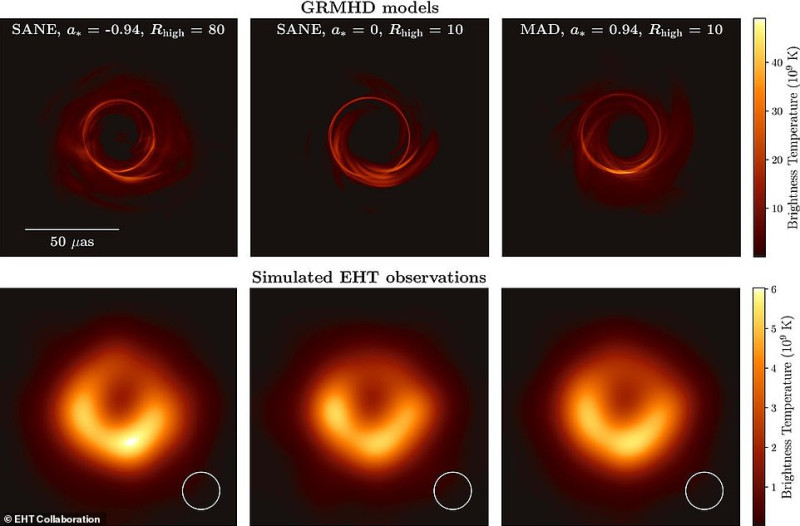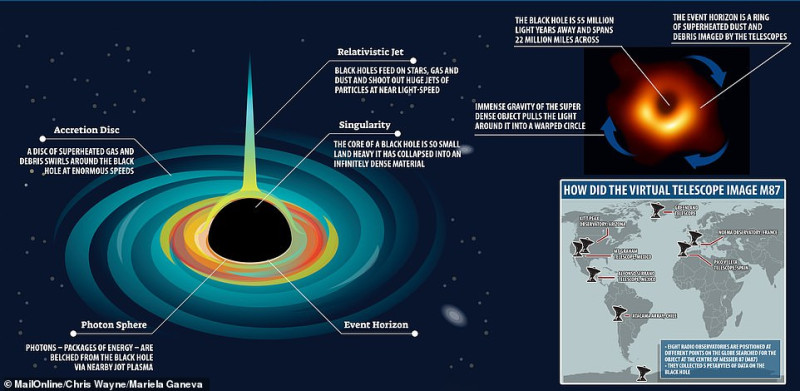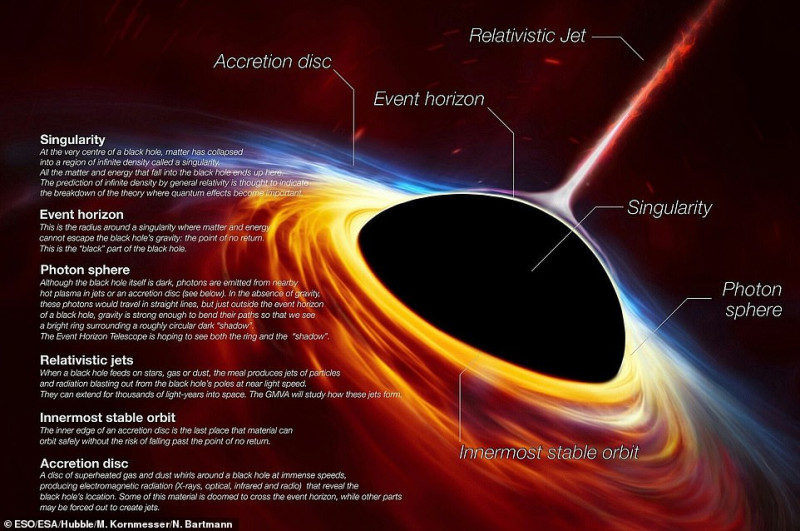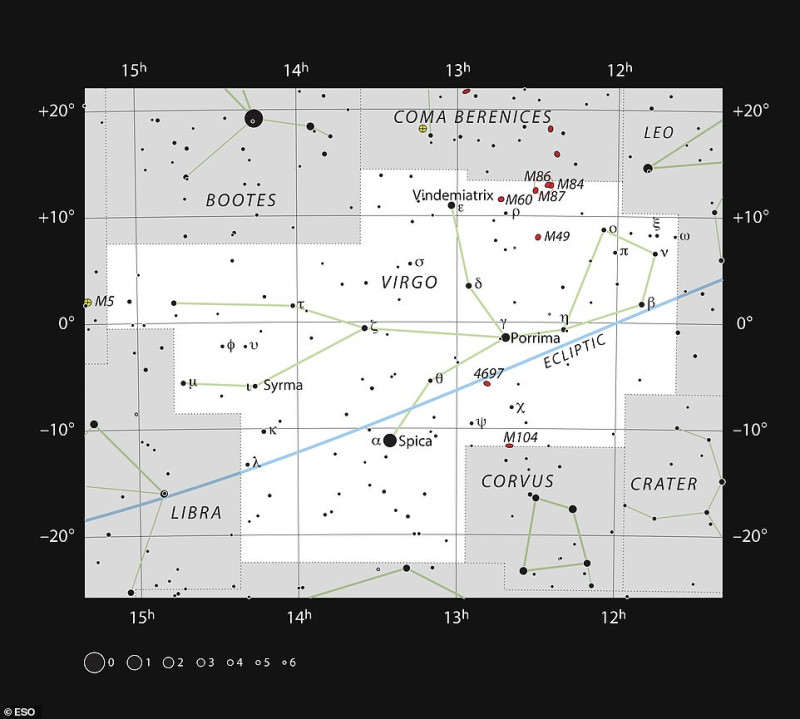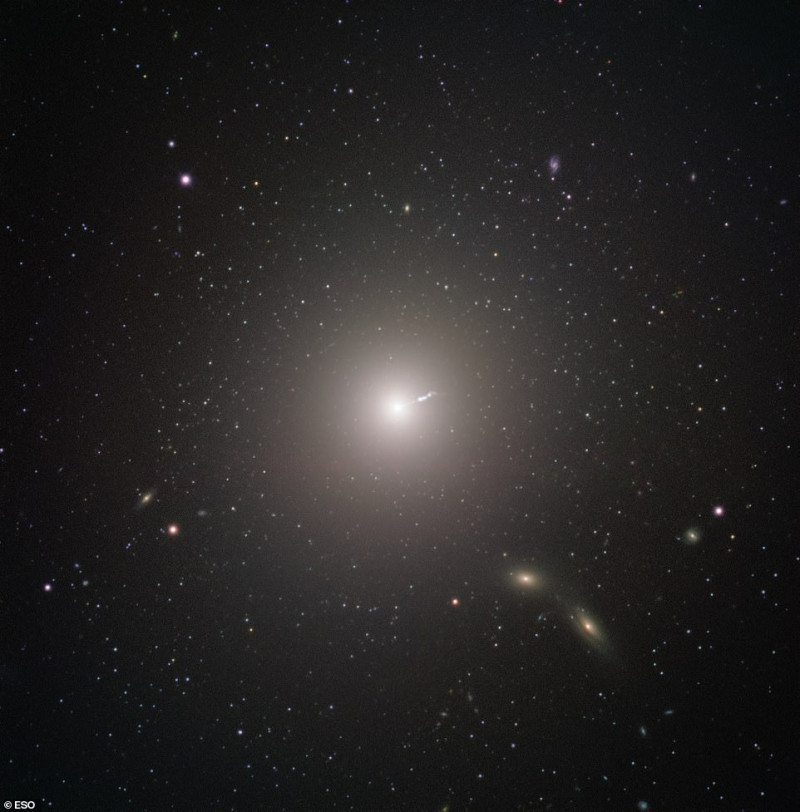This ‘orange doughnut’, as it has been called, lies at the heart of the galaxy Messier 87 55
It’s a breathtaking beauty: humanity’s first look at the only full-resolution photograph of a supermassive black hole.
This “orange doughnut,” as it has been named, lies at the heart of the galaxy Messier 87 55 million light-years from Earth, and in 2019 it became the first black hole directly imaged by astronomers.
Now, with the help of artificial intelligence (AI), it’s received its first official makeover – and the results reveal that instead of being an ‘orange doughnut’ and quite a ‘fat’ one at that, it’s actually a ‘skinny doughnut’.
- In 2019, the black hole M87 was the first to be imaged directly by astronomers
Scientists say this new perspective on the supermassive black hole will “play a critical role in our ability to understand its behavior” and could help explain how this stellar phenomenon “eats” matter.
They called this discovery a “golden opportunity”, as it is a real opportunity to learn more about the physics of black holes.
- The black hole M87 is estimated to have about 6.5 billion times the mass of our Sun and is spewing intense jets of energy. These jets, which emanate from M87’s core and extend at least 5,000 light-years from its center, are one of the galaxy’s most mysterious and energetic features.
- How scientists first captured an image of a black hole
As explained in the graphic, the method is based on observing material swirling around the edges before falling into the black hole itself. This heats up to extreme temperatures, causing it to emit intense light that appears as a ring around the black hole
- This map shows the location of the giant galaxy Messier 87 in the constellation Virgo. The map shows most of the stars visible to the naked eye under good conditions
- Messier 87 (M87) is a massive elliptical galaxy located about 55 million light-years from Earth, visible in the constellation Virgo. Discovered by Charles Messier in 1781, but not recognized as a galaxy until the 20th century
Source :Skai
I am Terrance Carlson, author at News Bulletin 247. I mostly cover technology news and I have been working in this field for a long time. I have a lot of experience and I am highly knowledgeable in this area. I am a very reliable source of information and I always make sure to provide accurate news to my readers.


